Biomedical Engineering Reference
In-Depth Information
6a.4
Pulsatile Human Cardiac Cell Source
While in animal models, the reconstruction of pulsatile myocardial
tissue has succeeded and provided good therapeutic effects, clinical
available pulsatile human cardiac cells have been unestablished.
Human embryonic stem cells (ESCs) [26] and induced pluripotent
stem cells (iPSCs) [27, 28] are attractive as pulsatile human
cardiomyocyte sources and are focused on worldwide. The human
stem cells can be differentiated by several methods, including (1)
embryoid body formation, (2) cultivation by media containing fetal
bovine serum or several cytokines (activin A and bone morphogenetic
protein 4 [BMP-4]), and (3) cocultivation with visceral endoderm-
like cells, END2 cells, or using the conditioned culture medium of
END2 cells. Cardiac differentiation is promoted by the addition of (1)
ascorbic acid, (2) cyclosporine A, (3) granulocyte colony-stimulating
factor (G-CSF), or (4) p38 mitogen-activated protein kinase (MAPK)
inhibitor and (5) the controlling of Wnt/β-catenin signaling [27,
29-38]. Human stem cell-derived cardiomyocytes can couple to the
host myocardium and survive for a long time after transplantation.
Furthermore, the transplantation improves cardiac function in
damaged-heart animal models [39-43]. On the other hand, trials of
the reconstruction of 3D myocardial tissue by using stem cell-derived
cardiomyocytes have been started. Tulloch et al. have reconstructed
human 3D myocardial tissue using human ESC-/iPSC-derived
cardiomyocytes, collagen type I, and a basement membrane extract
[44]. Mechanical (static and cyclic) stress conditioning increases
the matrix structure organization of the construct, including
cardiomyocytes, and matrix fiber alignment, myofibrillogenesis, and
sarcomeric banding. Furthermore, cyclic-stress culture increases the
spontaneous beating rate and proliferation rate of cardiomyocytes
and also significantly increases the cardiomyocyte area, namely,
hypertrophy. Addition of ECs into myocardial tissue also enhances
its cardiomyocyte proliferation under static- and cyclic-stress
conditions, and the addition of human marrow stromal cells or
rat embryonic fibroblasts with ECs also enhances the formation of
vessel-like structures. Furthermore, optimal human myocardial
tissue constructs generate Starling curves, increasing their active
force in response to increased resting length. After transplantation
into the hearts of athymic rats, the implanted human myocardium
survives, forms grafts closely apposed to the host myocardium, and


